(64)
SPIRITUAL COMMUNITY OF THE TRUE FOLLOWERS OF THE PATH SHOWN BY THE BLESSED NOBLE AWAKENED ONE -THE TATHAGATA

II. The Five Precepts
1. The First Precept: Abstinence from Taking Life
I dont want to be killed by others so I will not kill others
The first of the five precepts reads in Pali, Panatipata veramani sikkhapadam samadiyami; in English, “I undertake the training rule to abstain from taking life.” Here the word pana, meaning that which breathes, denotes any living being that has breath and consciousness. It includes animals and insects as well as men, but does not include plants as they have only life but not breath or consciousness (Now it is scientifically prooved the the plants do not experience pain like other breathing beings with consciousness when they are hurt or killed). The word “living being” is a conventional term, an expression of common usage, signifying in the strict philosophical sense the life faculty (jivitindriya). The word atipata means literally striking down, hence killing or destroying. Thus the precept enjoins abstinence (veramani) from the taking of life. Though the precept’s wording prohibits the killing of living beings, in terms of its underlying purpose it can also be understood to prohibit injuring, maiming, and torturing as well.
The Pali Practioners of the Doctrine Practiced by The Blessed Noble Awakened One-The Tathagata commentaries formally define the act of taking life thus: “The taking of life is the volition of killing expressed through the doors of either body or speech, occasioning action which results in the cutting off of the life faculty in a living being, when there is a living being present and (the perpetrator of the act) perceives it as a living being”6
The first important point to note in this definition is that the act of taking life is defined as a volition (cetana). Volition is the mental factor responsible for action (kamma); it has the function of arousing the entire mental apparatus for the purpose of accomplishing a particular aim, in this case, the cutting off of the life faculty of a living being. The identification of the transgression with volition implies that the ultimate responsibility for the act of killing lies with the mind, since the volition that brings about the act is a mental factor. The body and speech function merely as doors for that volition, i.e., as channels through which the volition of taking life reaches expression. Killing is classified as a bodily deed since it generally occurs via the body, but what really performs the act of killing is the mind using the body as the instrument for actualizing its aim.
A second important point to note is that killing need not occur directly through the body. The volition to take life can also express itself through the door of speech. This means that the command to take life, given to others by way of words, writing, or gesture, is also considered a case of killing. One who issues such a command becomes responsible for the action as soon as it achieves its intention of depriving a being of life.
A complete act of killing constituting a full violation of the precept involves five factors: (1) a living being; (2) the perception of the living being as such; (3) the thought or volition of killing; (4) the appropriate effort; and (5) the actual death of the being as a result of the action. The second factor ensures that responsibility for killing is incurred only when the perpetrator of the act is aware that the object of his action is a living being. Thus if we step on an insect we do not see, the precept is not broken because the perception or awareness of a living being is lacking. The third factor ensures that the taking of life is intentional. Without the factor of volition there is no transgression, as when we kill a fly while intending simply to drive it away with our hand. The fourth factor holds that the action must be directed to the taking of life, the fifth that the being dies as a result of this action. If the life faculty is not cut off, a full violation of the precept is not incurred, though in harming or injuring living beings in any way its essential purpose will be violated.
The taking of life is distinguished into different types by way of its underlying motivation. One criterion for determining the motivation is the defilement principally responsible for the action. Acts of killing can originate from all three unwholesome roots — from greed, hatred, and delusion. As the immediate cause concomitant with the act of killing, hatred together with delusion functions as the root since the force which drives the act is the impulse to destroy the creature’s life, a form of hatred. Any of the three unwholesome roots, however, can serve as the impelling cause or decisive support (upanissaya paccaya) for the act, operating over some span of time. Though greed and hatred are always mutually exclusive at a single moment, the two can work together at different moments over an extended period to occasion the taking of life. Killing motivated primarily by greed is seen in such cases as killing in order to gain material benefits or high status for oneself, to eliminate threats to one’s comfort and security, or to obtain enjoyment as in hunting and fishing for sport. Killing motivated by hatred is evident in cases of vicious murder where the motive is strong aversion, cruelty, or jealousy. And killing motivated by delusion can be seen in the case of those who perform animal sacrifices in the belief that they are spiritually wholesome or who kill followers of other religions with the view that this is a religious duty.
Acts of taking life are differentiated by way of their degree of moral gravity. Not all cases of killing are equally blameworthy. All are unwholesome, a breach of the precept, but the Practioners of the Doctrine Practiced by The Blessed Noble Awakened One-The Tathagata texts make a distinction in the moral weight attached to different kinds of killing.
The first distinction given is that between killing beings with moral qualities (guna) and killing beings without moral qualities. For all practical purposes the former are human beings, the latter animals, and it is held that to kill a fellow human being is a more serious matter ethically than to kill an animal. Then within each category further distinctions are drawn. In the case of animals the degree of moral gravity is said to be proportional to the animal, to kill a larger animal being more blameworthy than to kill a smaller one. Other factors relevant to determining moral weight are whether the animal has an owner or is ownerless, whether it is domestic or wild, and whether it has a gentle or a vicious temperament. The moral gravity would be greater in the former three alternatives, less in the latter three. In the killing of human beings the degree of moral blame depends on the personal qualities of the victim, to kill a person of superior spiritual stature or one’s personal benefactors being more blameworthy than to kill a less developed person or one unrelated to oneself. The three cases of killing selected as the most culpable are matricide, parricide, and the murder of an arahant, a fully purified saint.

 http://www.ydyc.org/pres.php?lang=en&opt=4
http://www.ydyc.org/pres.php?lang=en&opt=4




![]()






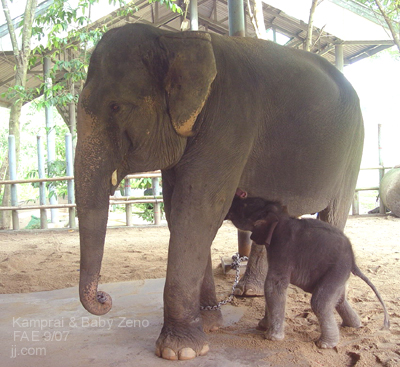


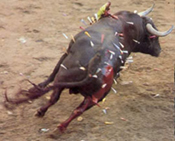





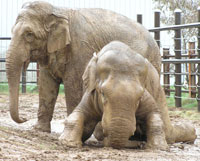
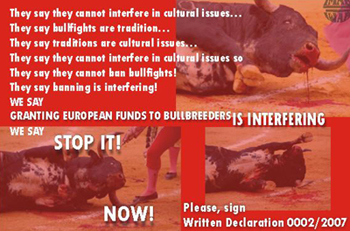



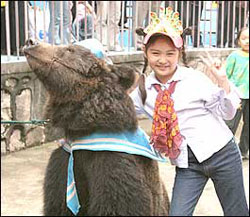
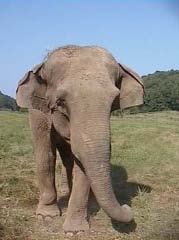




Another factor determinative of moral weight is the motivation of the act. This leads to a distinction between premeditated murder and impulsive killing. The former is murder in cold blood, intended and planned in advance, driven either by strong greed or strong hatred. The latter is killing which is not planned in advance, as when one person kills another in a fit of rage or in self-defense. Generally, premeditated murder is regarded as a graver transgression than impulsive killing, and the motivation of hatred as more blameworthy than the motivation of greed. The presence of cruelty and the obtaining of sadistic pleasure from the act further increase its moral weight.
Other factors determinative of moral gravity are the force of the defilements accompanying the act and the amount of effort involved in its perpetration, but limitations of space prohibit a full discussion of their role.
